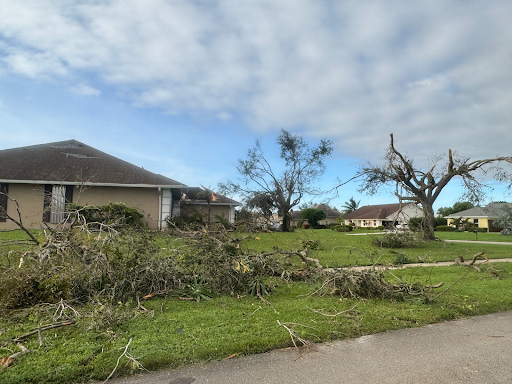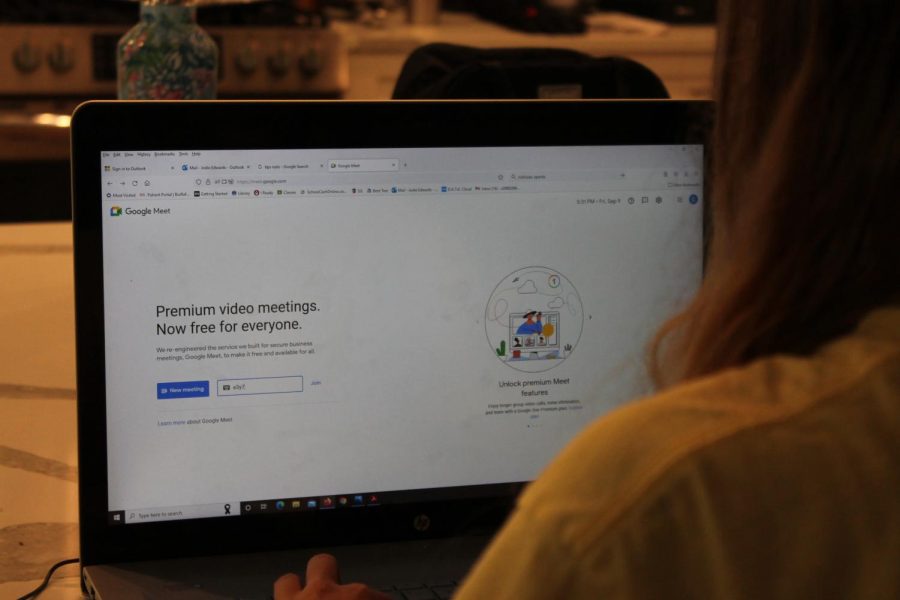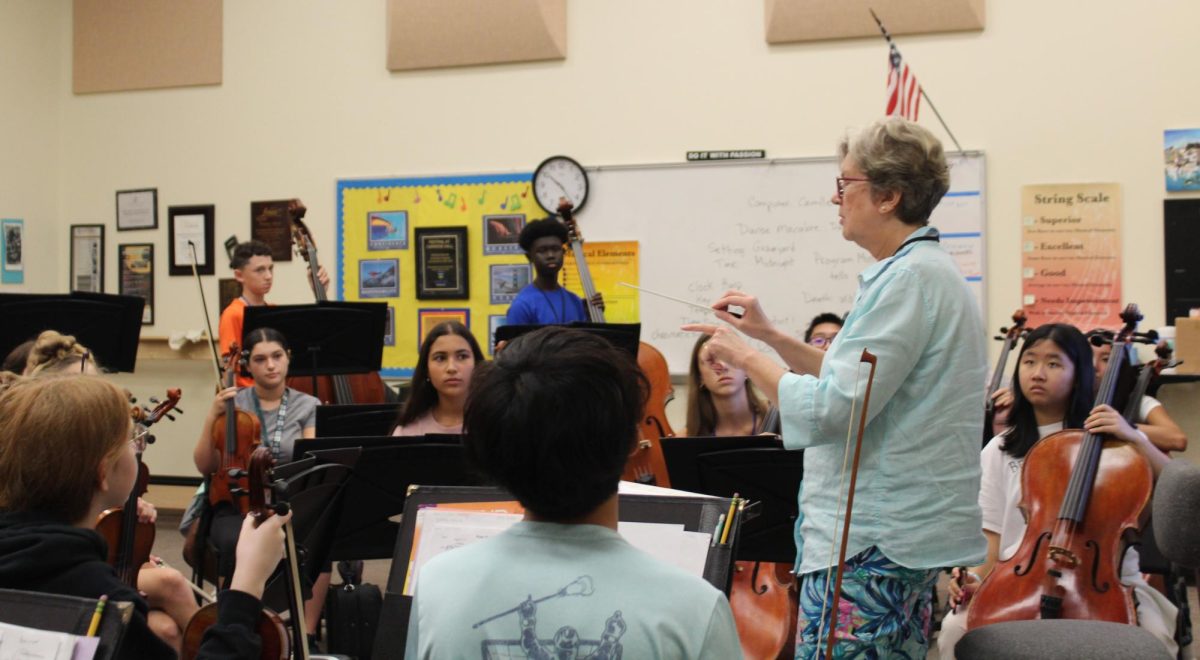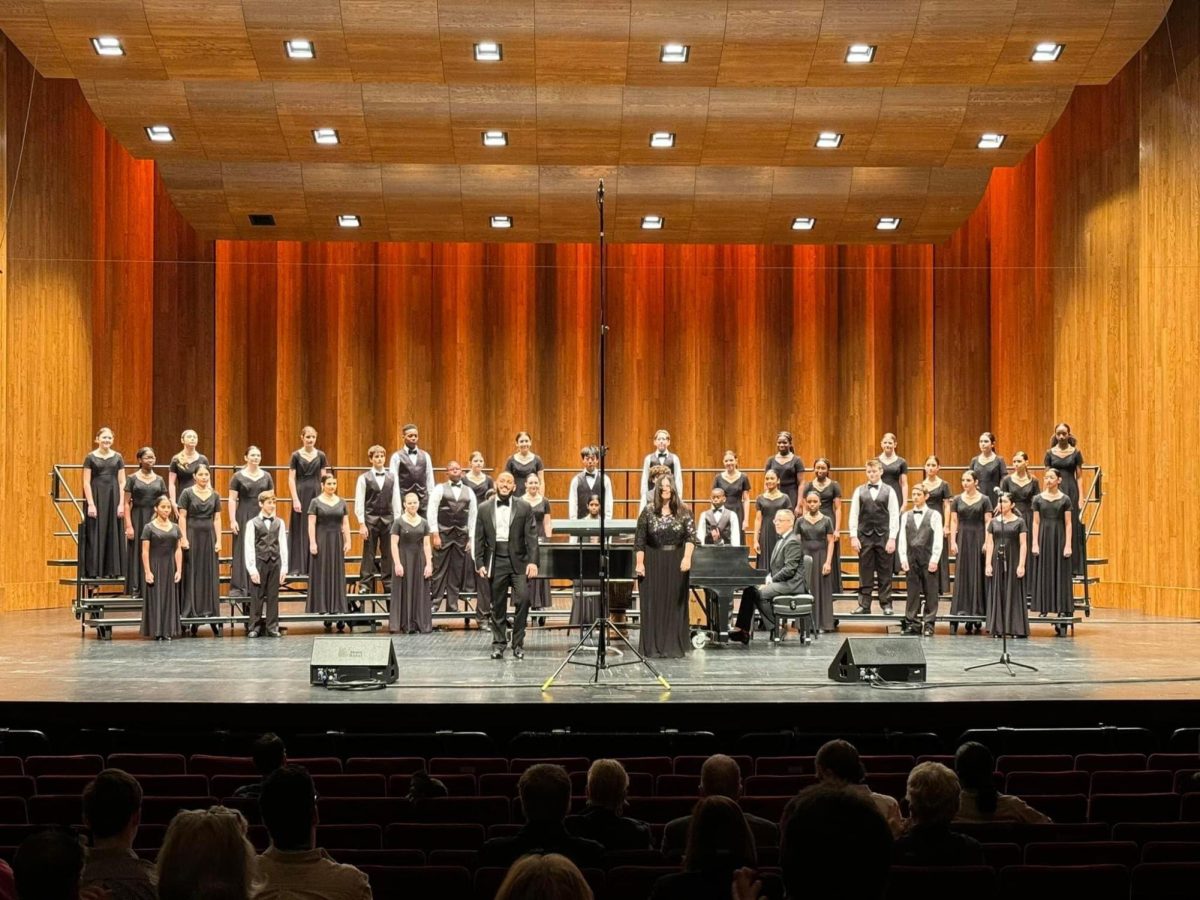Gym class finally finished for the day, students, exhausted and fatigued, trudge down the gymnasium to the crowded locker rooms. Sweat runs down each of their faces as they struggle to unlock their locker doors. But it was too late – the sound of the bell rang across the school and the question of the worth of gym class rang in students’ heads.
Gym class provides a crucial outlet for physical activity and social interaction for students across all grades and majors that are unavailable in other classes. Even with its benefits, gym classes and educational exercise as a whole can cause significant issues for students when mandated as a school-wide requirement. According to section 1003.455, F.S., one semester of physical education is requred for middle school students in grades 6-8.
Aside from its countless issues that affect the academic performance of students, recent research has proven that physical education courses, more commonly known as P.E., have failed to minimize the central reason for its creation: obesity. Since the 1970s, the rise of obesity has been a major subject of legislation and debate across the United States. In this aftermath, laws and regulations protecting citizens’ health were put in place to reform the food industry and the public school system. However, these solutions pertaining to mandatory exercise proved to show no progress in the fight against obesity, even when highly mandated, among American schools.
According to the National Library of Medicine, it would take three times as much physical activity in schools to reduce the risk of a child being obese.
In addition to its minor positive effects on student health, physical activity in school has major underlying consequences for the mental health of students. It can create major barriers between fellow classmates and feeds the flame of discrimination in school.
According to Global Sports Matter, the locker rooms are unsupervised space that allow for inappropriate social behavior similar to bullying to occur
Even with their negatives, gym classes can be perceived as a great provider of socialization, allowing students of varying backgrounds and interests to interact with each other. However, the negative encounters previously mentioned outweigh this benefit as there is no concrete research and evidence to support the claim that physical education classes promote socialization more than other classes.
Physical education in schools can also create an environment where students feel uncomfortable in their own bodies.
According to The Atlantic, physical education can be a catalyst for abuse in schools with its enforcement of their use. In these conditions, teasing and mocking of non-athletic students can go unreprimanded.
Students are more likely to be bullied in middle school than at any other point in their academic careers, and P.E. presents a particularly ripe opportunity for abuse, whether because the class forces them to use a locker room, where adult supervision is limited, or because it facilitates the teasing of overweight or unathletic kids.
Physical activity in schools also takes a toll on students’ academic careers, with it being seen as a common pattern for students to be tardy to their next period due to them struggling to change before the ring of the bell.
However, there is a key to all of these issues pertaining to physical education: keeping gym classes optional for seventh and eighth grade students. By doing this, it would allow students who enjoy exercise to take these branches of classes optimally while also granting them the right to opt out of them. Giving the students the freedom of choice when it comes to physical education in schools is essential.


































